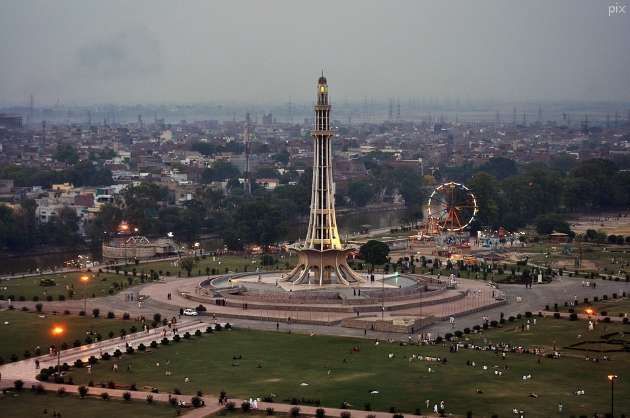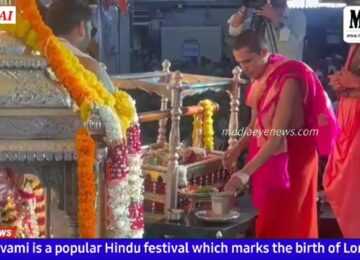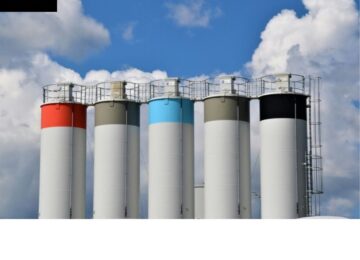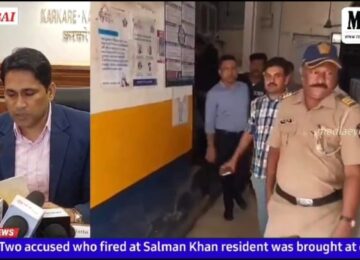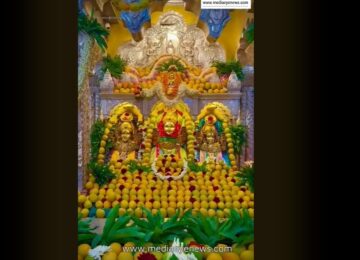Anupama Nair
www.mediaeyenews.com
Nearly 74 years ago, in 1947 began a tale of blood bath, where nearly a million Sikhs, Hindus, and others lost their lives, when they were forced to leave their homeland and move to India. All this happened due to the over-ambition of three men whom I do not want to name here. I am sure even they would have wept to see the blood bath. Did they do anything to prevent it? No would be the answer. They were only witnesses to the millions being killed around them in the border states of Punjab, Bengal and Sind.
From time immemorial we were one – history, civilization, culture, tradition, lifestyle all one. When I opened the history books in my childhood, this is the story it conveyed. It narrated a tale about the “Hominid activity being excavated in the Indian subcontinent and that goes back to over 250,000 years, and how proud we are, to know we are “one of the oldest inhabited regions on the planet”. It taught me to be proud of the Indus Valley Civilization – the world’s first urban civilization, then Takshila University where foreigners came to study (nearly 3500 years ago), then about the great king Puroshattam (Porus), and lastly how my country got the name India from the river Sindhu or Indus. My young heart used to swell with pride when I used to imagine these events. Lahore and Karachi were always ours. However, as you wake up after every dream I too woke up when I saw a serial ‘Buniyad’ and then learnt the bitter truth that Harrapa, Mohenjadaro, Takshila no longer belonged to India, but another country called Pakistan – born on 14th August 1947.
I saw the horrors of Partition in a movie called Tamas and in the serial Buniyad. The sights I saw pained a young heart. How could my great country be divided in two and the division cause the death of many innocent lives? I still have not got any answer and I know for sure I never will. Is there anyone who can answer the questions?
I was reminded of the horrors of Partition, when our great PM tweeted “ August 14 will be remembered as Partition Horrors Remembrance Day in memory of people’s struggles and sacrifices during that period”. Mr. Modi recollected, “Partition’s pains can never be forgotten. Millions of our sisters and brothers were displaced and many lost their lives due to mindless hate and violence. In memory of the struggles and sacrifices of our people, 14th August will be observed as Partition Horrors Remembrance Day”.
He felt that , “May the Partition Horrors Remembrance Day keep reminding us of the need to remove the poison of social divisions, disharmony and further strengthen the spirit of oneness, social harmony and human empowerment.”
However, the question is can those million families who were forced to leave their land, assets, relatives, in Lahore, Karachi, Dhaka and Rawalpindi, and were forced to live in refugee camps in Amritsar, Delhi, Bombay or Calcutta ever forget the horrors of Partition? We need to realize that in our journey to be a superpower we need to move ahead of the Partition horrors.
Forgetting all this I want to write on a different topic – why is Lahore so beloved to all those Hindus and Sikhs who left their beloved Lahore and came to India. When I used to live in Delhi, I have heard many people talk with longing and pride about their Lahore. My Dadu, Late Rajendar Singh, who passed away this year in April before he hit a century always used to say “I want to see Lahore di galiyan before I die, eat chole bature, panipuri and all food Lahore is famous for, and go to my National College. Then I will go to my village Lyallpur and see the fields I used to play in my childhood. Promise me, you will immerse my ashes in the river, next to the Durga temple”. Unfortunately like many millions his wish was unfulfilled.
I thought I will write about why Lahore is beloved to them. I am going to write about Lahore from what Dadu and Dadi told me. It is said Lahore was founded by Luv, the son of Bhagwan Ram and Mata Sita. The earliest name of Lahore was Loher after Luv. Lahore Fort has a vacant temple dedicated in honor of Luv. Similarly, the Ravi River that flows through northern Lahore was said to be named in honor of the Hindu goddess Durga. Plotemy the famous astronomer and geographer, wrote in his book ‘Geographia’ a city called Labokla situated on the route between the Indus in a region described as extending along the rivers Jhelum, Chenab, and Ravi.
How can we forget, Lahore was famous for the Indus Valley Civilization and Harappa was near Lahore? The oldest reliable document about Lahore was Hudud-i-Alam, written in 9th Century AD and was translated into English by Vladimir Fedorovich Minorsky in 1927. Lahore is referred to as a small city with "impressive temples, large markets and huge orchards, two major markets around which dwellings exist, and the mud walls that enclose these two dwellings to make it one". The original book is kept safely in the British Museum in London.
The city of Lahore is said to have a Gurjara origin. Hieun Tsang, the Chinese traveler, who visited Punjab in 630 AD, speaks of “a large city, containing many thousands of families, chiefly Brahmans, situated on the eastern frontier of the kingdom of Cheka, that extended from the Indus to the Beas river. Lahore is said to have “witnessed turbulence, peace and tranquility, cultural festivity, conquests, devastations and destructions in different period of history”. However, it always remained important after its birth as metropolis in 11th Century. Its strategic importance had never even been ignored and it remained a provincial capital even after many centuries. Lahore reached its glory during Mughal period from 1521 to 1752 A.D. Then it fell to the forces of Ahmed Shah Abdali in 1572, followed by a period of chaos and confusion.
The golden period of Lahore came under Maharaja Ranjit Singh (1798 to 1839) and during his rule, the city became famous. He also added many cities and towns to his territory. Ranjit Singh turned the Sarai which separated the Fort and palace from the Badshahi Mosque into a private garden. He constructed many temples of Lord Shiva. Ranjit Singh died in Lahore in 1839, and his successors ruled Lahore for the next seven years.
Under the British rule (1849–1947), you can witness colonial architecture combined with Mughal, and Gothic styles. The General Post Office (GPO) and YMCA buildings in Lahore was built to commemorate the golden jubilee of Queen Victoria, an event marked by the construction of clock towers and monuments all over the country. “Many important British buildings included the High Court, the Government College University, the museums, the National College of Arts, Montgomery Hall, Tollinton Market, the University of the Punjab (Old Campus) and the Provincial Assembly. Under British rule, Sir Ganga Ram or the father of modern Lahore designed and built the General Post Office, Lahore Museum, Aitchison College, Mayo School of Arts (now the NCA), Ganga Ram Hospital, Lady McLagan Girls High School and also constructed Model Town, a suburb that had recently developed into a cultural center for Lahore's growing socio-economic culture.
Dadu used to say, street food in Lahore was great. Till 1947, all festivals be it Diwali, Holi, Id, Guru Parab or Christmas was celebrated with pomp and splendor. He used to say in those days, Independence from the British was the only goal, and partition changed everything for the people of Lahore. It is said if you have not seen Lahore, you have not seen Punjab. Lahore is known for her hospitality from time immemorial and even today they follow the saying “athithi devo bhava”. Lahore is famous even today, because of the martyrdom of her greatest son Bhagat Singh. I for sure would love to see Lahore one day. Hope the day comes soon.
(Dedicated to late Rajendar Singh and Dadi for their recollection of Lahore).

